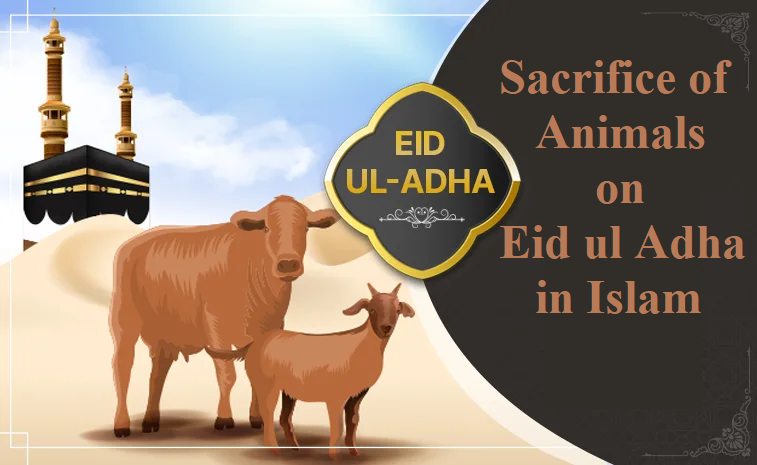The sacrifice of animals on Eid ul Adha is a significant ritual in the Islamic tradition. It commemorates the willingness of Prophet Ibrahim to sacrifice his son Ismail (Ishmael) as an act of obedience to Allah’s command. The story is mentioned in the Quran and is seen as a test of faith and obedience to Allah’s will. The animals must be free of defects, healthy, and meet the minimum age requirements. The sacrifice should be done as close to the Eid prayers as possible. If there are no poor Muslims in the area, the meat can still be distributed to non-Muslims in need. The skin of the sacrificed animal can be kept and used, but if sold, the money should be given to charity. Performing the sacrifice and distributing the meat is a sunnah practice that commemorates the willingness of Prophet Ibrahim to sacrifice his son Ismail as an act of obedience to Allalh. It is a way to demonstrate devotion to Allah and strengthen one’s faith.
Rules of Qurbani
Eligibility for Qurbani
-
-
Adults of Sound Mind
Muslims who are eligible to pay Zakat, meaning they have a financial standing of at least 52.5 tolas of silver, must also give Qurbani.
-
Children and Mentally Vulnerable
Children and those who are mentally vulnerable are not required to give Qurbani.
-
Treatment of Animals
-
-
Sharp Knife
Animals should be slaughtered according to proper Islamic regulations, using a sharp knife to minimize suffering.
-
No Other Animals Present
There should be no other animals present during the slaughter.
-
When to Give Qurbani
-
-
Days of Dhul Hijjah:
-
Qurbani must be carried out on the 10th, 11th, and 12th day of Dhul Hijjah, to mark the start of Eid-ul-Adha and the feast of the sacrifice.
Animals Eligible for Sacrifice
-
- Sheep and Goats: Must be at least 1 year old.
- Cows and Buffaloes: Must be at least 2 years old.
- Camels: Must be at least 5 years old.
Guidelines for Sacrifice
-
- Health and Disease: The animals must be healthy and free of disease.
- Age: The animals must meet the specified age requirements.
- Blindness and Weakness: The animals must not be blind, excessively thin, or too weak to support their own weight.
- Slaughter: The sacrifice must be done in a manner that causes least harm or distress to the animal as possible. This includes using a sharp knife, not stunning the animal before slaughter, and mentioning the name of Allah during the process.
Distribution of Meat
After the sacrifice, the meat is divided into three parts:
-
- Family Portion: One portion is shared amongst the family.
- Neighbor and Relative Portion: Another portion is distributed to neighbors and relatives.
- Poor and Needy Portion: The final portion is given to the poor and needy.
Significance and Traditions
The sacrifice of animals on Eid ul Adha is considered a sunnah practice, which means it was initiated by the Prophet Muhammad. It is seen as a way to demonstrate obedience to Allah’s will and to strengthen one’s faith. The tradition is also associated with charity, as a significant portion of the meat is designated for distribution among the poor.
Qurbani as a Sunnah
- Prophetic Example
The Prophet Muhammad (saw) used to perform an extra sacrifice on behalf of his Ummah, which is considered a sunnah practice.
- Reward
Performing Qurbani carries a great reward, as it is a way to demonstrate devotion to Allah and strengthen one’s faith.

